Archives
- 2025-11
- 2025-10
- 2025-09
- 2025-04
- 2025-03
- 2025-02
- 2025-01
- 2024-12
- 2024-11
- 2024-10
- 2024-09
- 2024-08
- 2024-07
- 2024-06
- 2024-05
- 2024-04
- 2024-03
- 2024-02
- 2024-01
- 2023-12
- 2023-11
- 2023-10
- 2023-09
- 2023-08
- 2023-07
- 2023-06
- 2023-05
- 2023-04
- 2023-03
- 2023-02
- 2023-01
- 2022-12
- 2022-11
- 2022-10
- 2022-09
- 2022-08
- 2022-07
- 2022-06
- 2022-05
- 2022-04
- 2022-03
- 2022-02
- 2022-01
- 2021-12
- 2021-11
- 2021-10
- 2021-09
- 2021-08
- 2021-07
- 2021-06
- 2021-05
- 2021-04
- 2021-03
- 2021-02
- 2021-01
- 2020-12
- 2020-11
- 2020-10
- 2020-09
- 2020-08
- 2020-07
- 2020-06
- 2020-05
- 2020-04
- 2020-03
- 2020-02
- 2020-01
- 2019-12
- 2019-11
- 2019-10
- 2019-09
- 2019-08
- 2019-07
- 2019-06
- 2019-05
- 2019-04
- 2018-07
-
GKRP binds to the inactive super open conformation
2021-12-31
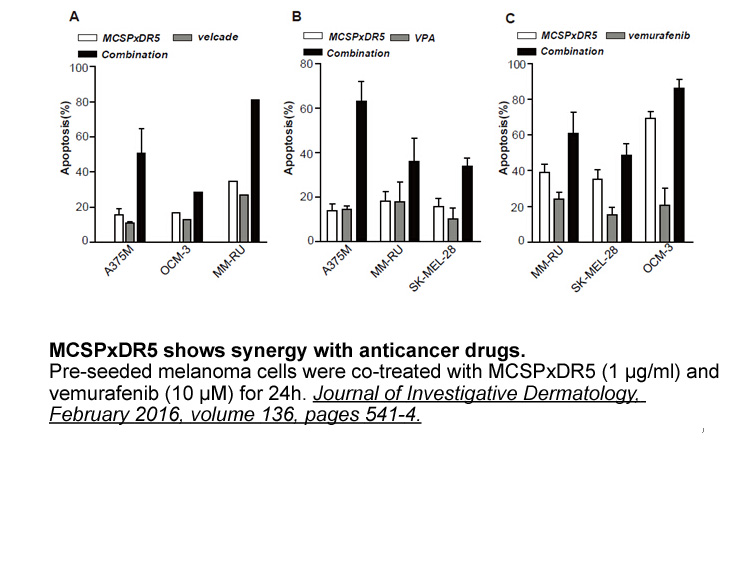
GKRP binds to the inactive, super-open conformation of GCK, acting as a competitive inhibitor of glucose association with the enzyme (Fig. 3) [45]. Upon formation of the inhibitory complex with GKRP, GCK is sequestered into the hepatocyte nucleus [48]. The detailed mechanism by which GKRP mediates t
-
EI1 br Therapeutic approaches exploiting Cx function Due to
2021-12-30

Therapeutic approaches exploiting Cx43 function Due to their potential role in cancer metastasis, attempts have been made to alter connexin function to inhibit cancer growth. Therapeutic approaches include Cx43 peptide mimetics, Cx43 inhibitors, chemical agents capable of enhancing Cx43 function,
-
br Gap junctions hemichannels and connexins Molecular charac
2021-12-30

Gap junctions, hemichannels and connexins: Molecular characteristics and function Cell-to-cell communication is of extreme importance in tissue homeostasis, which is maintained by transmission of regulatory signals (Fig. 1). Intercellular communication via gap junctions (GJs) represents one of th
-
According to the World Health Organization WHO classificatio
2021-12-30

According to the World Health Organization (WHO) classification, oligodendrogliomas or anaplastic oligodendrogliomas are primary neoplasms of the central nervous system, which are predominantly composed of cells morphologically resembling oligodendrocytes [23]. These tumors are often estimated to re
-
There have been a few studies investigating the effects
2021-12-30
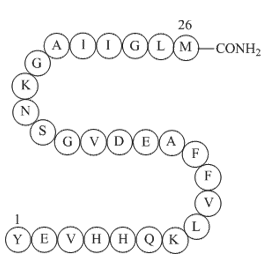
There have been a few studies investigating the effects of histamine on mast cells but the majority of these has been on rodent and cultured mast cells (Hofstra et al., 2003, Lippert et al., 2004, Jemima et al., 2014). How representative these systems are of primary human cells is a moot point since
-
Anti apoptotic Bcl proteins have become attractive targets f
2021-12-30
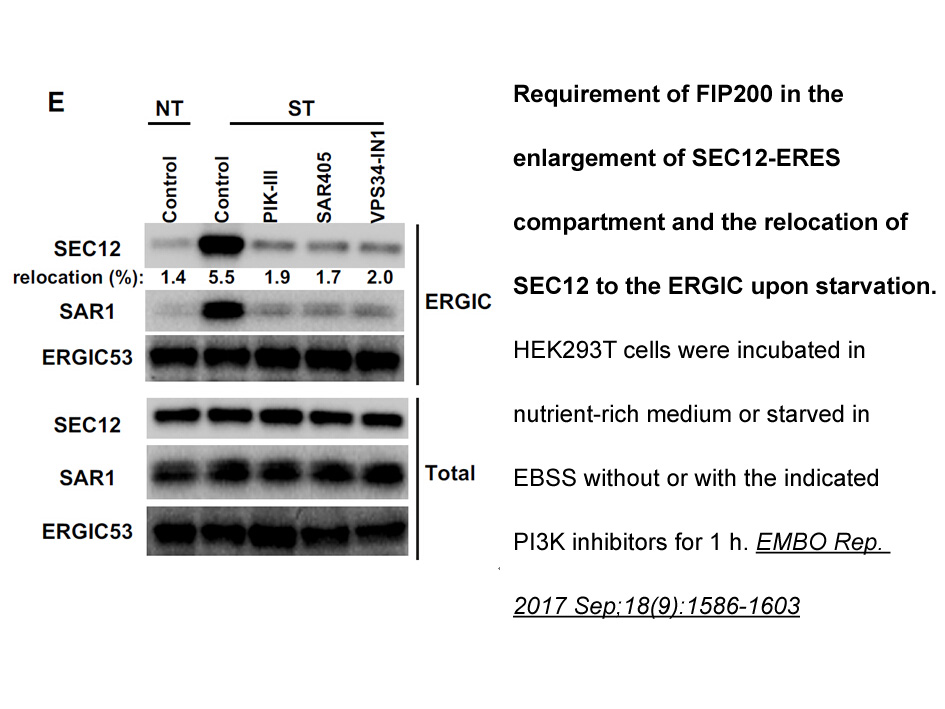
Anti-apoptotic Bcl-2 proteins have become attractive targets for anti-cancer agents development, because they are associated with progression of a wide variety of human cancers., , The small-molecular Bcl-2 inhibitor venetoclax (ABT-199) () has been approved recently for the treatment of patients w
-
In this study we also investigated the role of
2021-12-30

In this study, we also investigated the role of GST calculating dilution in relation to ASD. In univariable analyses, where the role of each GST gene (i.e., GSTM1, GSTT1, GSTP1) was individually assessed, we did not observe any significant associations between the GST genotypes and ASD. In contrast
-
The endocannabinoid system ECS consists of cannabinoid CB an
2021-12-30
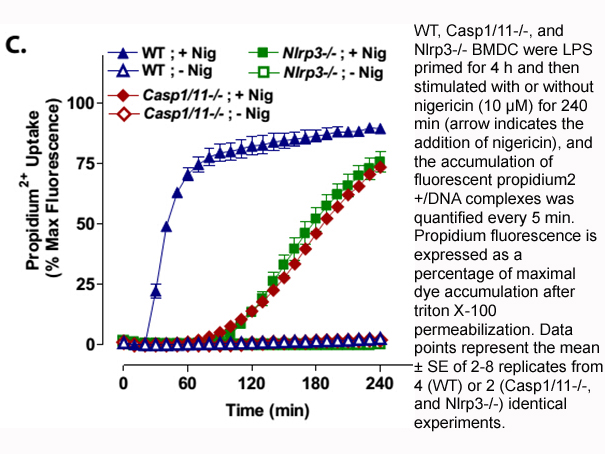
The endocannabinoid system (ECS) consists of cannabinoid (CB)1 and CB2 receptors, their endogenous ligands anandamide and 2-arachidonylglycerol, and the synthesizing and degrading enzymes for these ligands. Cannabinoids and the ECS are involved in the regulation of GI motility in physiological and p
-
The Bcl and Bcl xL genes contain the CRE
2021-12-30
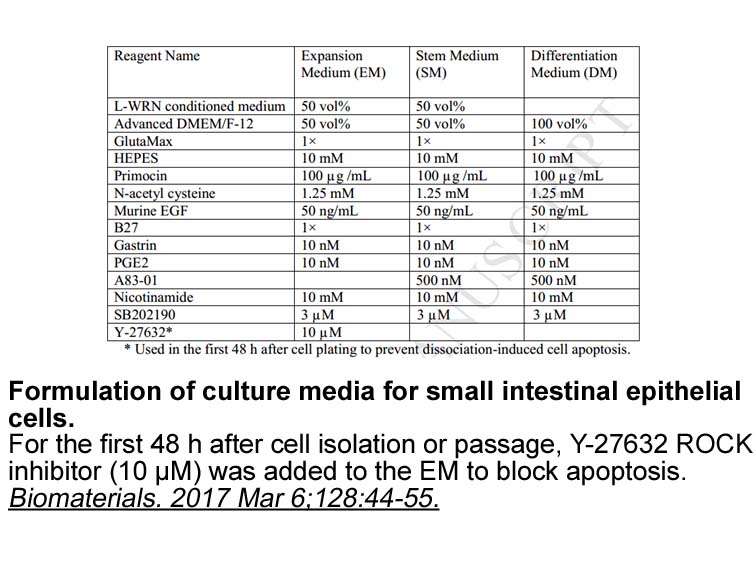
The Bcl-2 and Bcl-xL genes contain the CRE binding site in their promoter regions for CREB and CBP to bind to, so CREB phosphorylation was shown to up-regulate these anti-apoptotic genes, Bcl-2 and Bcl-xL [[29], [30], [31]]. Bcl-2 and Bcl-xL prevent the activation of caspases and the release of mito
-
Introduction Non alcoholic hepatic steatosis is characterize
2021-12-30
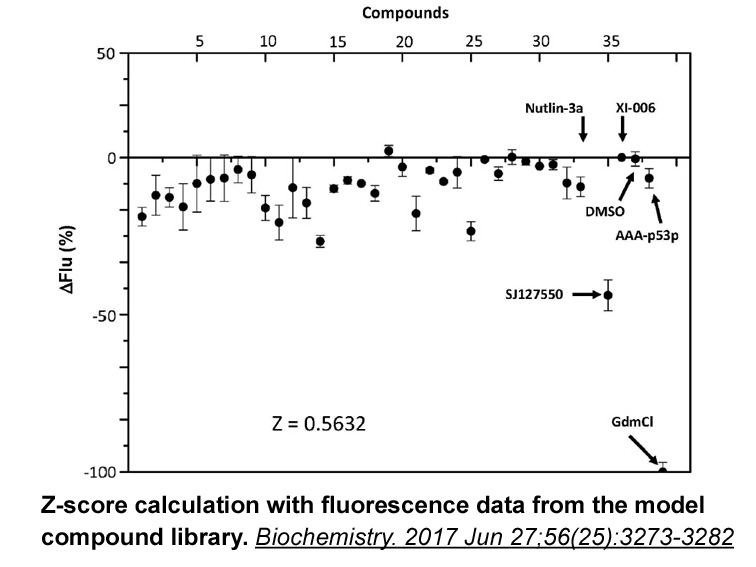
Introduction Non-alcoholic hepatic steatosis is characterized by the presence of steatosis in hepatocytes [1], which leads to the development of fatty liver [2]. It is strongly associated with obesity, insulin resistance, and type II diabetes [3]. They are major risk factors of non-alcoholic hepati
-
The effects of opioids such as
2021-12-30

The effects of opioids such as morphine are mediated through the opioid receptors. Opioid receptors are widely expressed both peripherally and in the CNS (Chen et al., 1993, Evans et al., 1992). The opioid agonist morphine has been shown to amplify the effect of the tubular cell-gp120 interaction on
-
Interestingly mGlu and mGlu receptors differ notably by
2021-12-30

Interestingly, mGlu2 and mGlu3 receptors differ notably by their cellular distribution. Whereas mGlu2 receptors are mostly neuronal, mGlu3 receptors are expressed both in glia and in neurons. In neurons, mGlu3 receptors are present at the post-synapse and in presynaptic elements (Tamaru et al., 2001
-
CSL is endowed with an intrinsic transcription repressive
2021-12-30

CSL is endowed with an intrinsic transcription-repressive function, and CAF-effector genes are induced as a consequence of CSL downmodulation (Hu et al., 2012, Procopio et al., 2015), as it can occur upon exposure to pro-carcinogenic stimuli such as UVA or smoke-derived compounds (Menietti et al., 2
-
Fpr which belongs the family of the formyl
2021-12-29

Fpr1, which belongs the family of the formyl peptide receptors with FPRL1 and FPRL2, is the principal receptor for formylated peptides which prototype is the tri-peptide fMLF. Fpr1 is highly expressed on neutrophils and macrophages [6,30], promotes their migration into the mucosa and lumen in respon
-
Murine models of AML were
2021-12-29
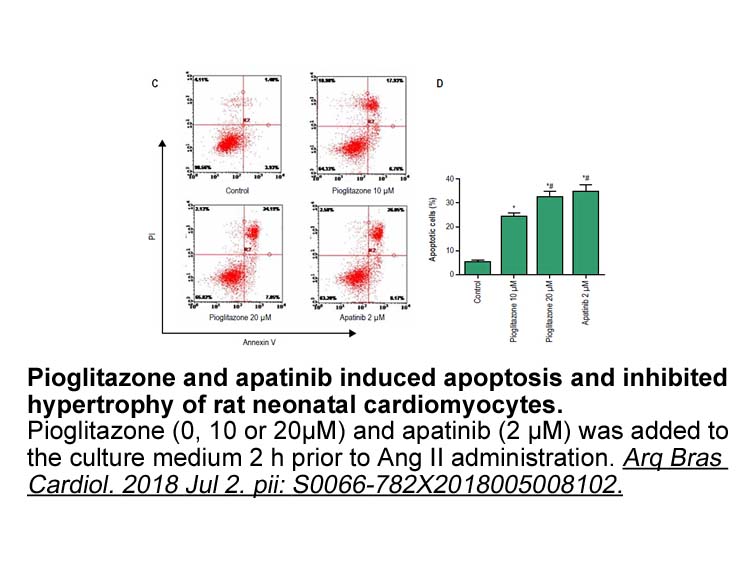
Murine models of AML were used to identify differentially expressed proteins following treatment with the EZH2 inhibitor, DZnep. Sandow and coworkers demonstrated that inhibition of EZH2 induces leukemia mma f arrest through regulation of cyclin-dependent kinases and increased expression of p53, a
16249 records 544/1084 page Previous Next First page 上5页 541542543544545 下5页 Last page